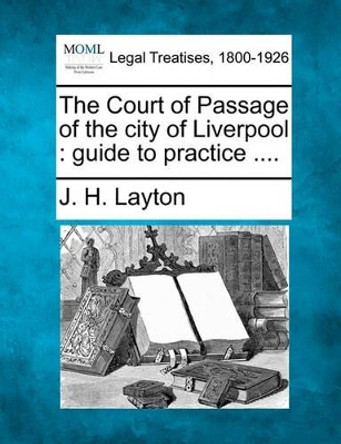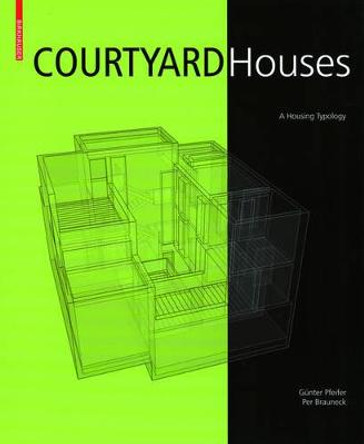Liverpool was a burgeoning trading centre and rapidly growing town in the early 18th century, developing into a thriving mercantile metropolis by the 19th century. The demand for new housing was high, and court housing largely filled that need. Court housing was a form of high-density back-to-back housing around courtyards. It provided homes to nearly half of Liverpool's working-class people by the mid 19th century. Contemporary descriptions highlight the cramped, dark and often damp conditions in these houses. This book uses a range of historical and archaeological evidence about courts to consider their development, life within them, and the measures eventually taken to rid Liverpool of them. This book considers courts and their impact on people's lives in Liverpool for over 250 years. This book features international parallels to courts as well as some of the people involved in investigating this type of housing, providing historical context to this fascinating aspect of Liverpool's past.
About the AuthorElizabeth J. Stewart is curator of Archaeology and the Historic Environment, Museum of Liverpool.
Reviews'This is a well-conceived and executed addition to the scholarship of social conditions in Liverpool and deserves a wide readership.'
Nick Foggo,
Transactions of the Historic Society of Lancashire and Cheshire 'This volume, written and formatted in an accessible style, and well and appropriately illustrated, is part of the current national revival in interest in workers' housing of the eighteenth and nineteenth centuries. [...] The volume deftly balances social and political details within a broader context, whilst demonstrating that this is a thoroughly researched piece of work.'
Mike Nevell,
Vernacular Architecture Book InformationISBN 9781786942111
Author Elizabeth J. StewartFormat Paperback
Page Count 128
Imprint Liverpool University PressPublisher Liverpool University Press









